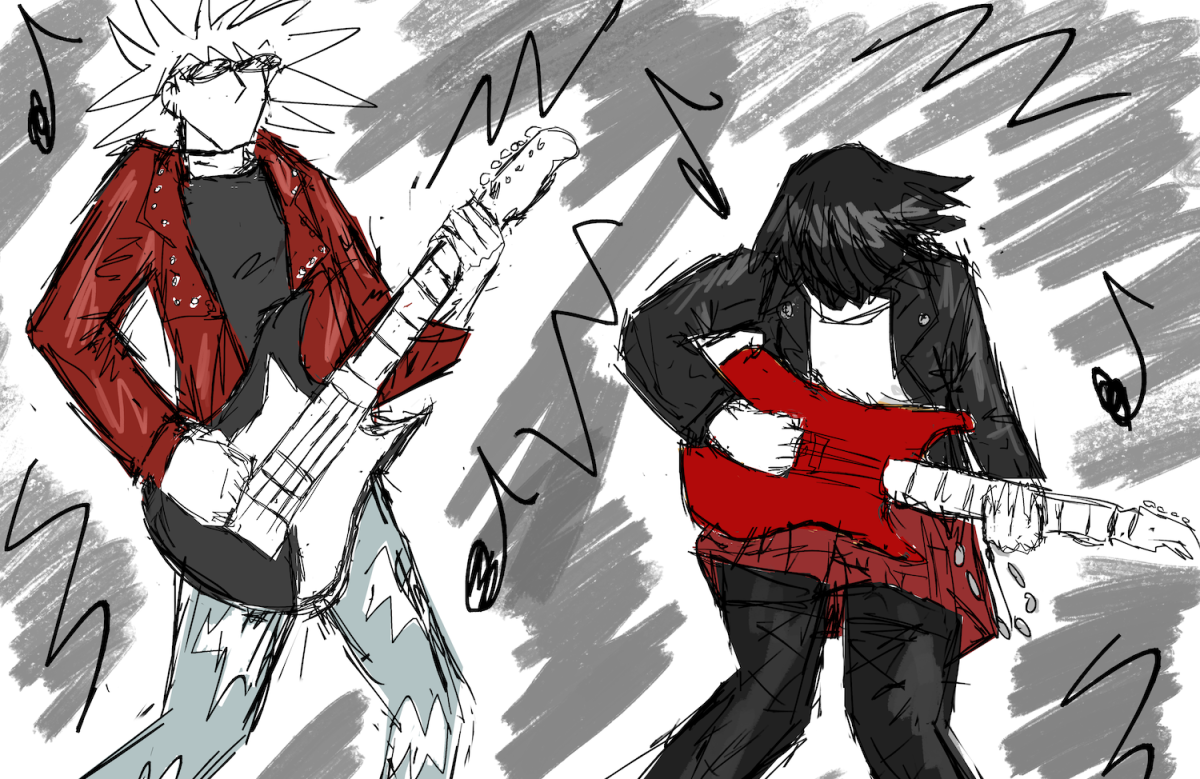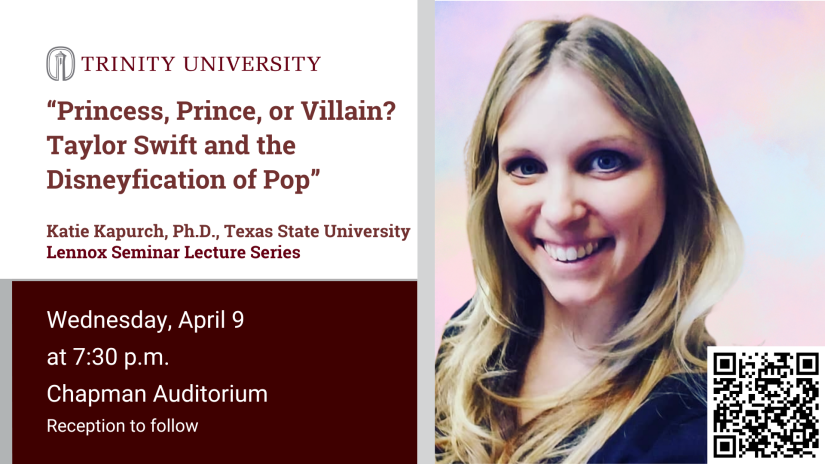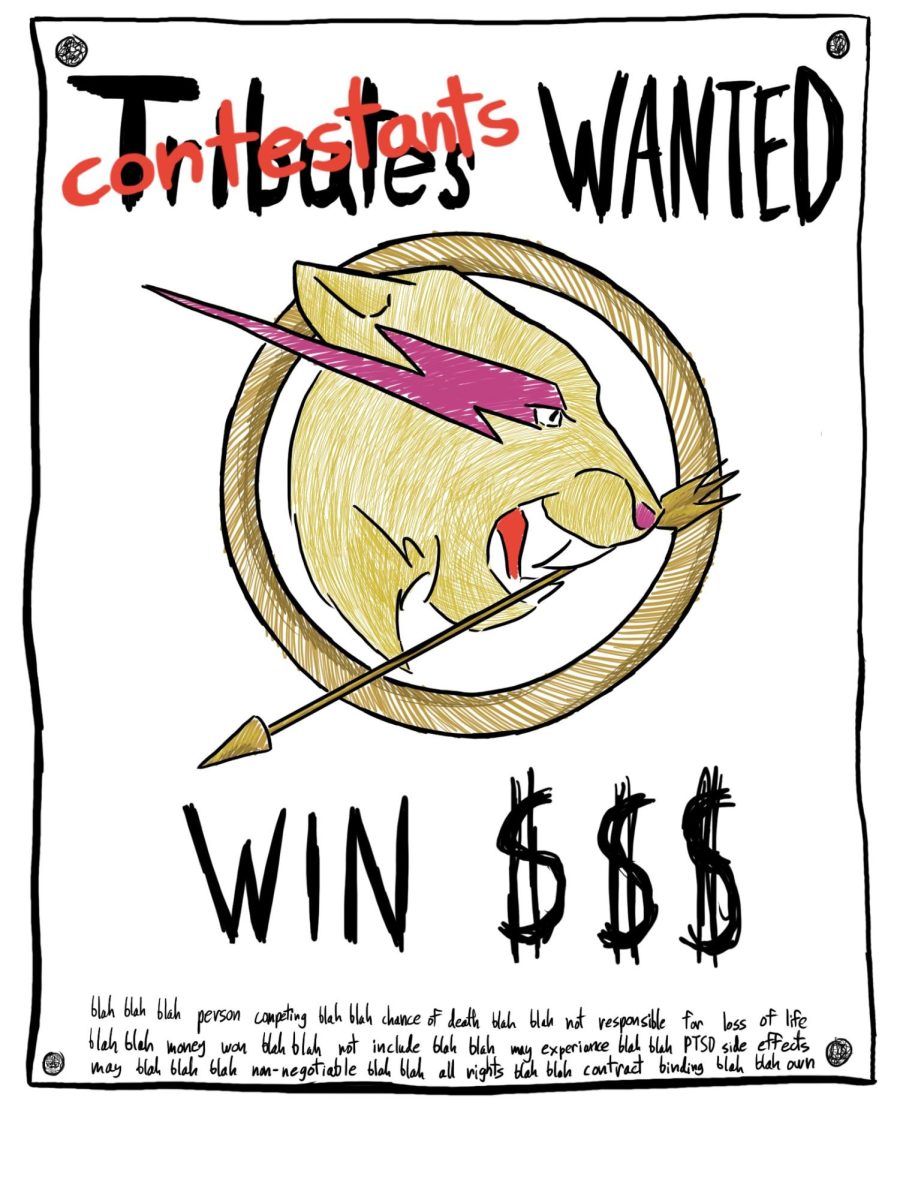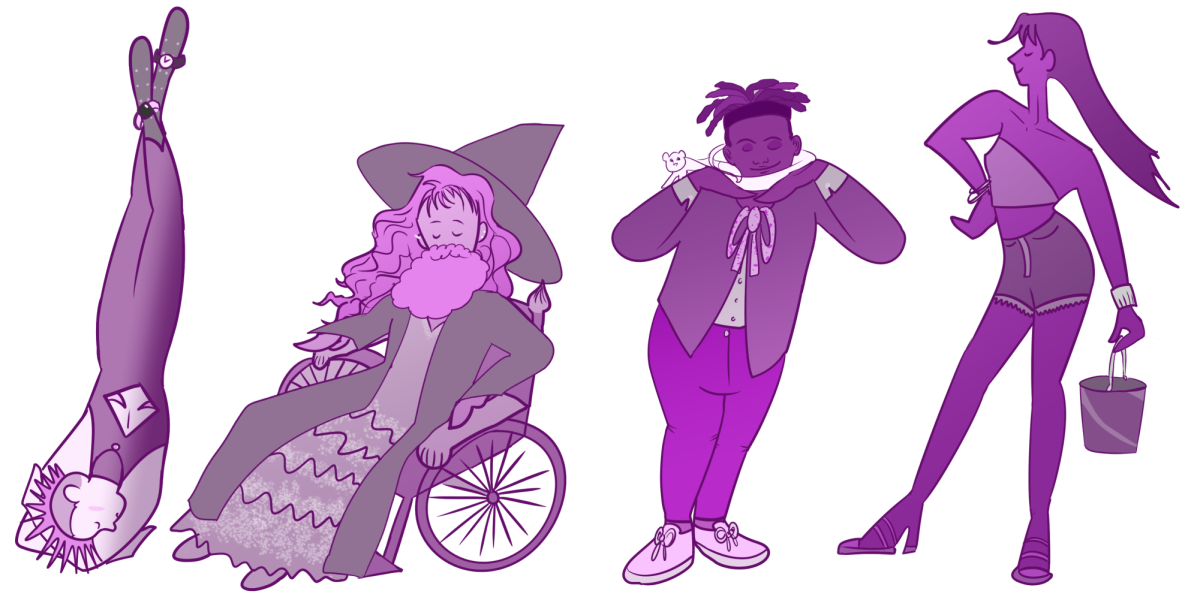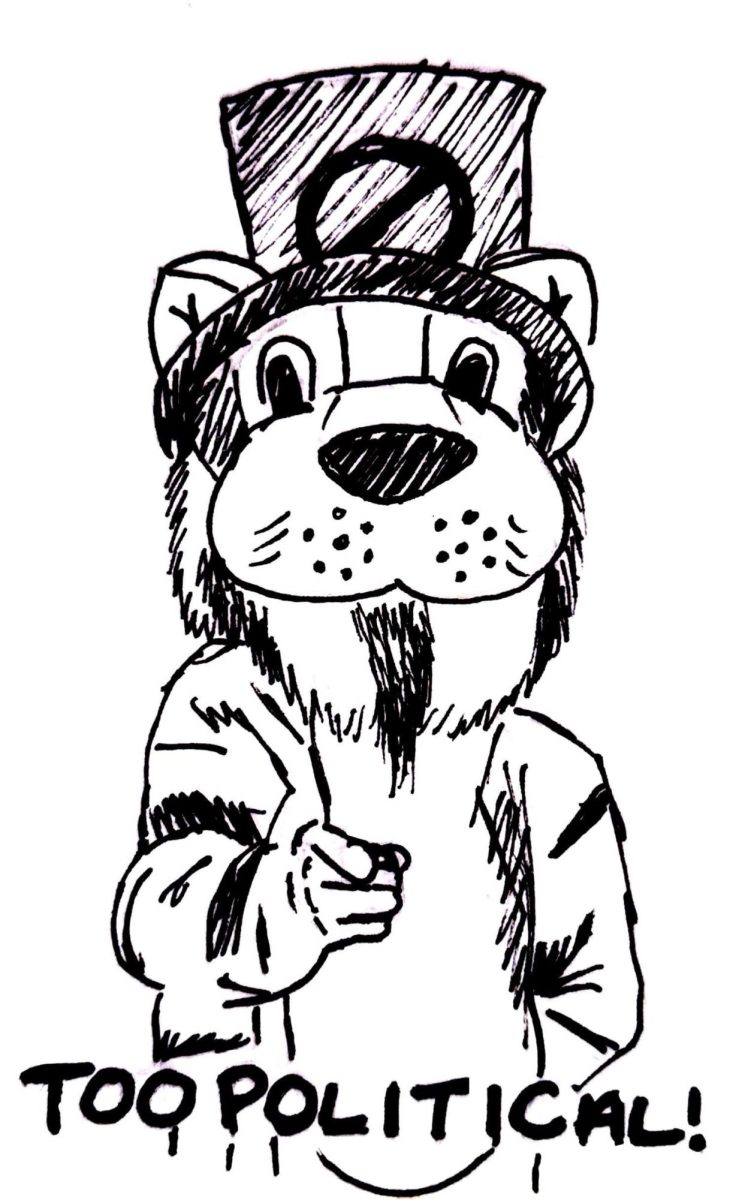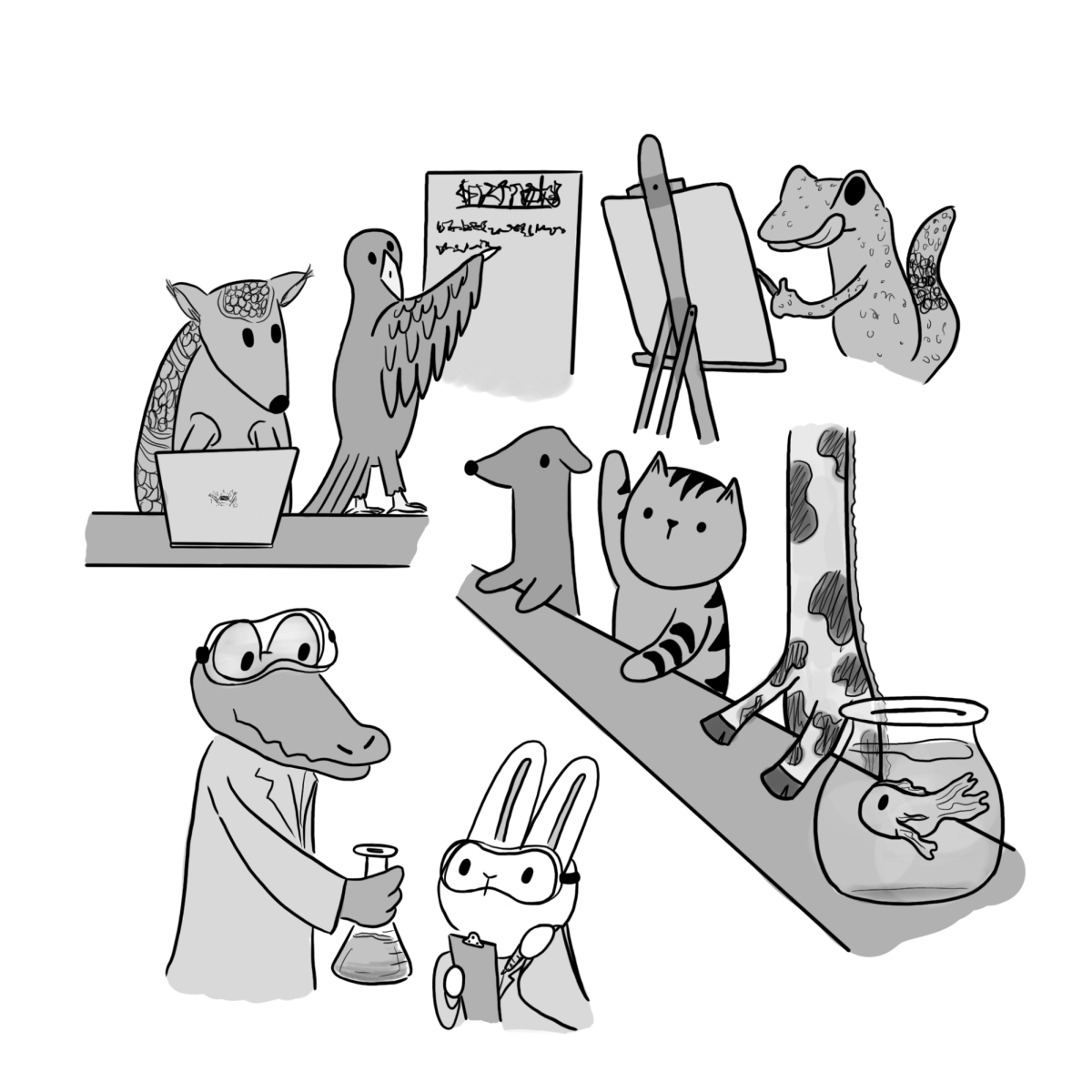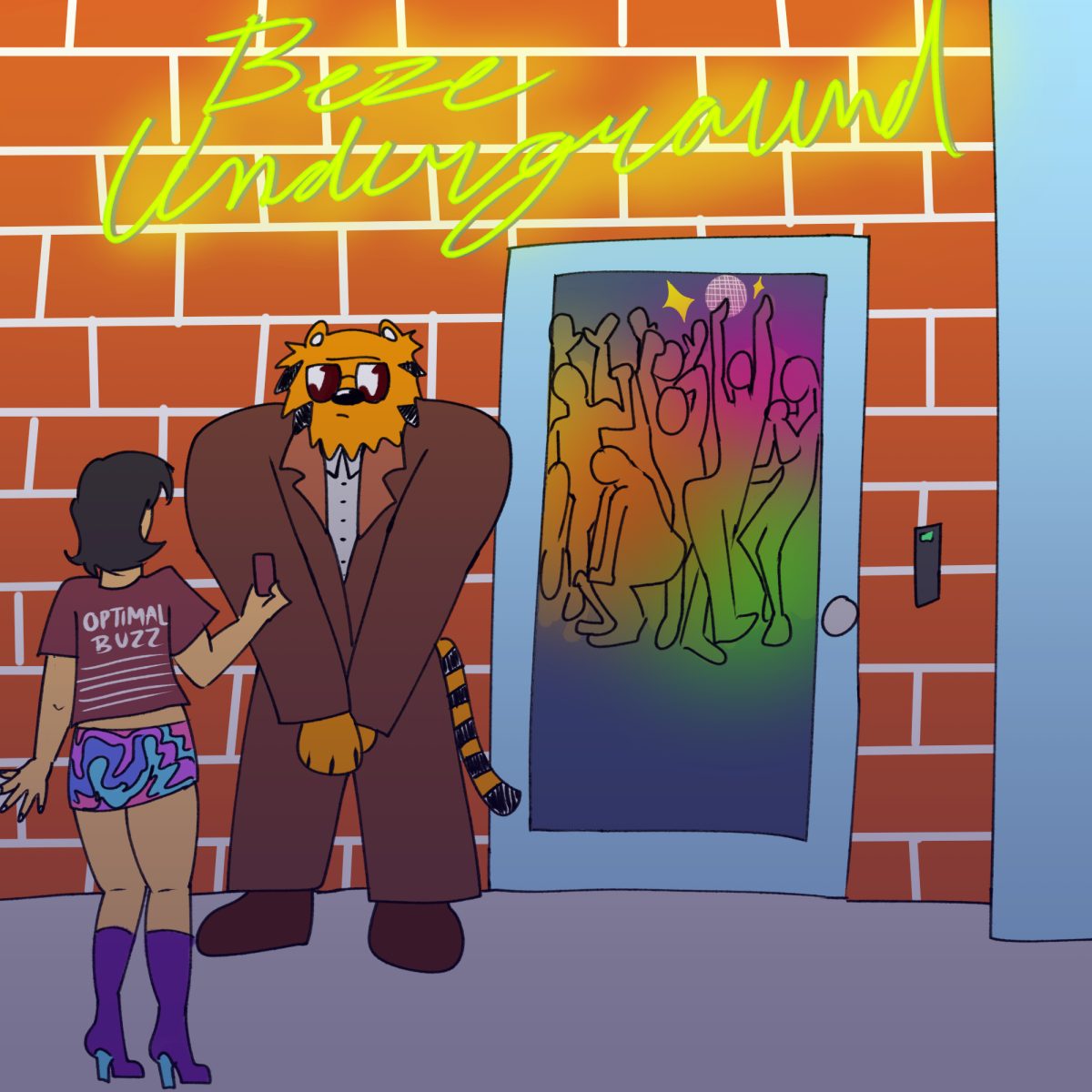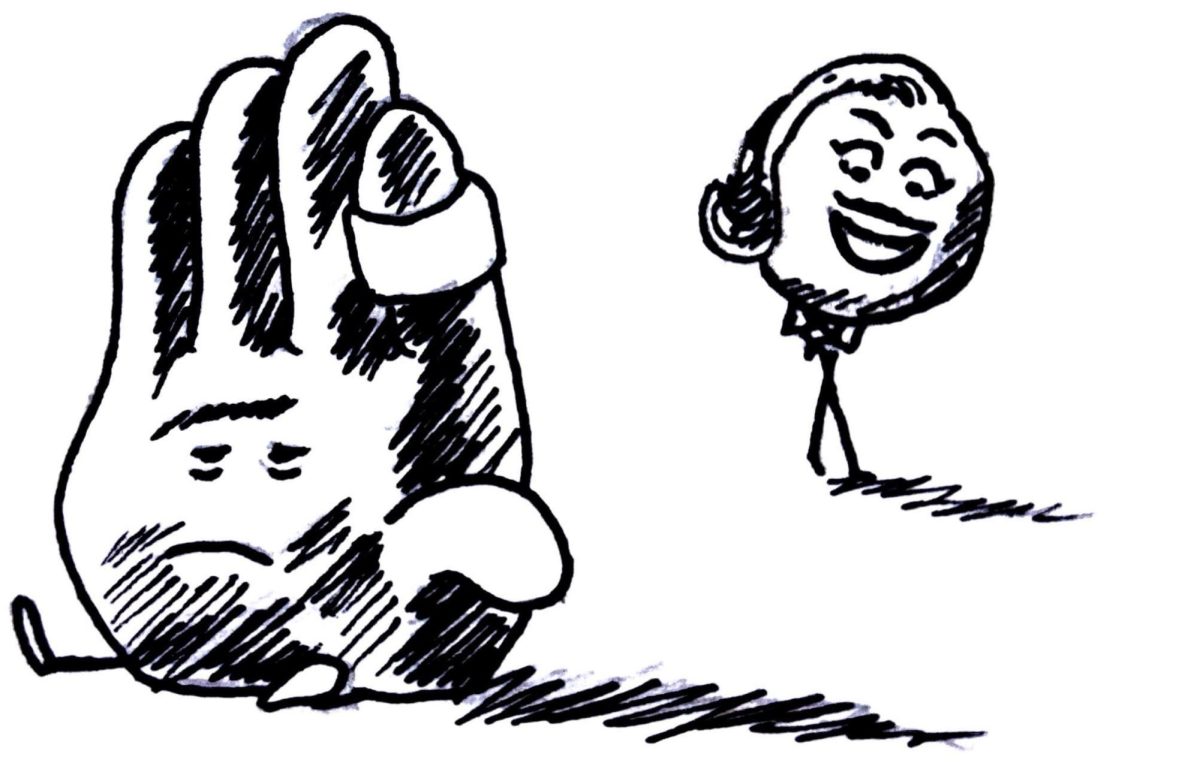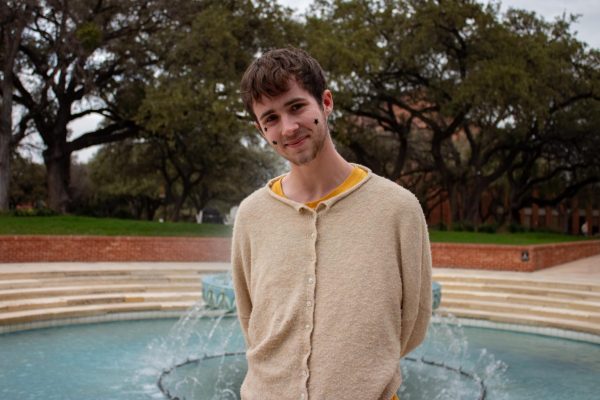The punk rock movement has experienced undeniable changes since its origins. Many former punk rockers argue that the genre is dead, while contemporary alternative listeners defend that the scene is alive — it just looks and sounds a little different.
In the mid-1970s, the punk rock movement emerged as young people’s dissatisfaction towards mainstream ideals in the United States and Britain. Independent and local bands, many of which preached anti-establishment and leftist messages in their music, amassed great popularity, and crowds of rowdy youth hit the streets to join the punk revolution.
As it developed throughout the 1980s, the punk genre fought against various social injustices and norms through loud, rebellious and experimental performances. This resurgence of punk impacted popular culture, fashion and politics forever.
Laine Houston grew up listening to punk music in the 80s, when the genre protested Ronald Reagan’s far-right and authoritarian policies. Houston was inspired by the political undertones of 80s punk, and in the 2000s, he would go on to form his own San Antonio punk rock band called The Dirty Hacks.
“I’d never thought of starting a punk rock band. I was just a fan until George W. Bush came into office, and we went to war in Iraq. Then I was pissed, and I started a band to yell about it,” Houston said.
Houston expressed that being punk was an act of resistance. The very essence of punk rock was challenging the norms — he is concerned that contemporary punk spaces aren’t pushing the boundaries.
“I haven’t seen a lot of the same resistance and talk that I used to see,” Houston said. “I worry that there’s not enough of it, that a lot of kids just don’t care.”
However, Layla Amador, sophomore marketing and economics double-major, stated that true punk culture is alive and well. They said that today, the subculture still has deep ties to its original non-conformist values.
“People have made counterculture and anti-conservatism an integral part of punk … it is a left-leaning ideology,” Amador said.
Amador explained that punk rock is still experimental and sonically revolutionary. Punk’s meaning has expanded into an umbrella term that encapsulates numerous different sounds, and various musical niches fit into the subculture. Amador listens to various types of punk music, demonstrating the evolution of the movement.
“I really like singer-songwriter alternative, and I also like screamo and scrams … postpunk and posthardcore,” Amador said.
Amador is heavily involved with the San Antonio punk scene, and they regularly attend their partner’s house shows at the University of Texas at San Antonio’s Musicians of Business. As Amador explained, contemporary punk has provided listeners with a community — one that fosters acceptance, empowerment and solidarity.
“At more local small-scale shows, I see a lot of queer people, and I see a lot of people … who are making a safe space for people who are othered,” Amador said. “Especially in San Antonio, people are very much proud to be Latino and emo or punk, and I feel like that can make a show really, really fun.”
Similarly, M. Bourgeois, junior engineering major, detailed their appreciation for San Antonio’s robust punk, goth and metal scenes.
“There is definitely still a scene … the goth scene is especially thriving here,” Bourgeois said. “I don’t think punk is dead. I just think it’s changing and evolving as any genre that has been around for that long has. There are still new projects that are coming out.”
Amador loves supporting these up-and-coming projects, especially local bands and shows to keep punk alive. They encourage listening to small San Antonio bands and going to UTSA’s Mob House.
“I love working with Mob at UTSA and getting to go to those shows,” Amador said. “I follow a good amount of local bands that deserve a lot of attention. … My Angelite is a phenomenal local band.”
Punk is alive and well. Despite worries from original punks, the movement is still pushing political, social and musical boundaries while simultaneously fostering community. Punk is here to stay, and it’s evolving.
“I feel like the essence of punk will always be there as long as there’s people who are embodying it,” Amador said.

